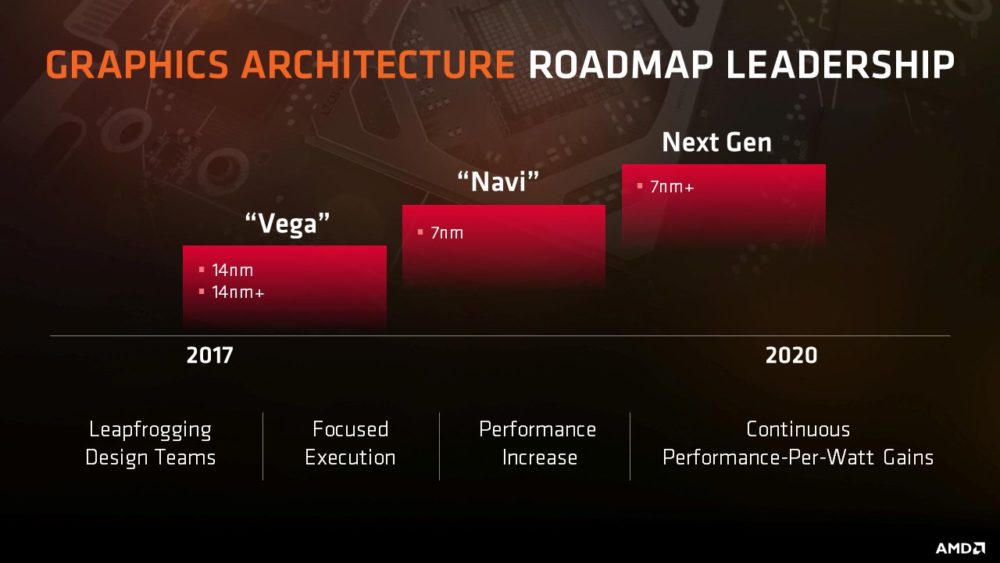Last week, Microsoft announced its new console platform, the Xbox Series X. This new console will use the “next generation RDNA” architecture (RDNA2) from AMD, which will have ray tracing and variable-rate shading (VRS).
Xbox Series X will use an SoC made by AMD, with a CPU component made of “Zen 2” cores and a GPU component using the RDNA2 architecture, specially made for the console – as per TechPowerUp. Although current CPUs from AMD are using the 7nm node process from TSMC, this upcoming SoC will reportedly use 7nm+ EUV from the same manufacturer.
As for VRS, this is a feature that intelligently allocates resources in a scene by lowering the resolution of “less important” areas to boost the general framerate, done without the user perceiving it. This technology runs at the API-level (DirectX 12 in this case), and Microsoft has created two tiers of VRS. There's tier 1, which can support per-draw VRS, and tier 2, which supports per-draw and within-draw variable-rate shading. Nvidia “Turing cards” support both tiers, while Intel Gen11 GPUs only support tier-1.
Currently, AMD GPUs don't support any of these VRS tiers nor do they support hardware-level ray tracing. Fortunately, with RDNA2, all of this may change.
For now, only Nvidia cards can use both VRS and ray tracing, but with Microsoft's announcement, it's safe to assume that AMD will close that gap with its upcoming graphics architecture.
Discuss on our Facebook page HERE.
KitGuru says: Will AMD catch up to Nvidia's ray tracing capabilities? Do you think ray tracing support is a “must-have” for a graphics card?
 KitGuru KitGuru.net – Tech News | Hardware News | Hardware Reviews | IOS | Mobile | Gaming | Graphics Cards
KitGuru KitGuru.net – Tech News | Hardware News | Hardware Reviews | IOS | Mobile | Gaming | Graphics Cards



